As a car buyer in 2025, the choice between gas and electric vehicles may seem daunting. With rapidly evolving EV technology and an ever-expanding selection of models, however, you now have more electric options than ever before.
From long-range Teslas to practical EVs like the Nissan Leaf, electrics provide instant torque, smooth operation, and freedom from oil changes. Yet while some EV drawbacks like range anxiety persist, gas cars offer tried-and-true engineering and unlimited refueling.
When weighing the pros and cons of these propulsion technologies, consider your driving needs, access to home and public charging, and priorities like performance or sustainability. By understanding the key differences between these powertrains, you can make an informed decision when purchasing your next car.
Electric Cars Are Better for the Environment
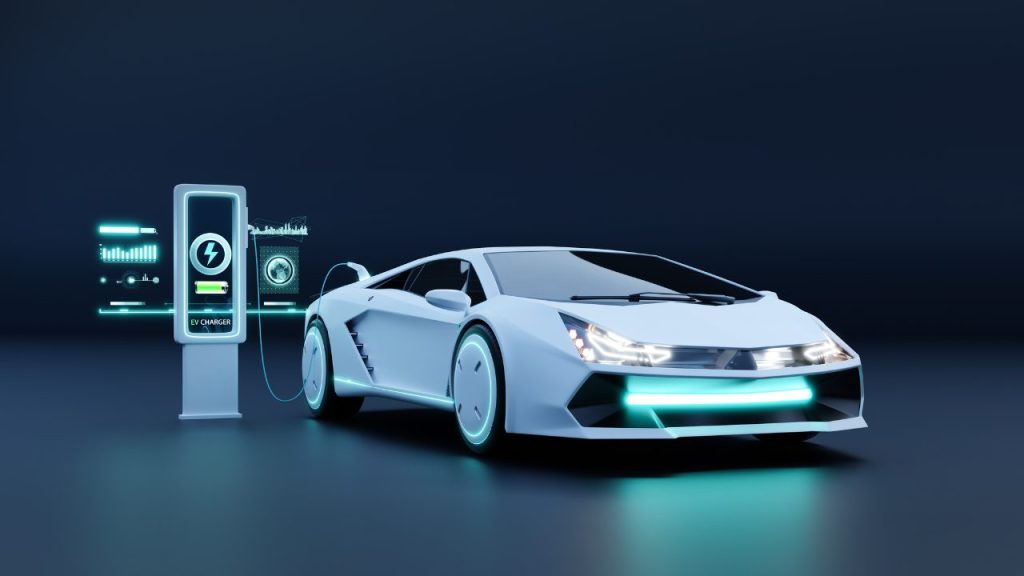
Buckle up, because this section is an emissions-free zone. We’re diving headfirst into the squeaky-clean world of electric vehicles (EVs) and why they’re the environmental champions of the automotive realm.
Ditching the Dino Juice
Let’s be real – guzzling gasoline from the prehistoric remains of dinosaurs is so last millennium. With an EV, you’re breaking up with those fossil fuels for good. No more filling up at those ugly gas stations that reek of stale taquitos and regret.
Instead, you’ll be plugging into the grid and potentially sourcing your fuel from renewable energy like wind, solar, or hydroelectric power. It’s like driving on sunshine and rainbows (minus the unicorns…for now).
A Breath of Fresh Air
Speaking of emissions, EVs have virtually none coming out of the tailpipe. Zilch. Nada. That’s a huge win for air quality, especially in congested cities where smog can get gnarly.
With an electric car, you’re not contributing to that opaque cloud of particulate matter and greenhouse gases. You can cruise around feeling smug while leaving a minimal carbon footprint in your wake.
The Silent Killer (of Noise Pollution)
Let’s talk about the sublime silence of an EV drivetrain. These things are virtually soundproof on the road, aside from a little wind and tire noise. Gone are the rumbly combustion vibrations and noises that make you feel like you’re piloting a diesel generator on wheels.
Quiet operation is a serious perk for your eardrums and peace of mind. It’s also a gift to your neighbors who are tired of your obnoxiously loud ride waking up their colicky baby at 6 am.
Recycling and Sustainability
Admittedly, EV battery production isn’t a zero-emissions process, and the metals required raise some environmental concerns. However, EV manufacturers are steadily improving recycling processes to reduce waste.
Many automakers are already recycling up to 90% of battery components. As the industry continues evolving, the goal is a truly sustainable, circular lifecycle for those lithium-ion packs.
So there you have it – electric cars are the tree-hugging, environmentally-conscious way to get from A to B in the modern era. Just don’t be that smug EV owner bragging about your zero emissions while wearing a gasoline-powered smirk. We’re all in this fight against climate change together.
Lower Long-Term Ownership Costs of Electric Vehicles
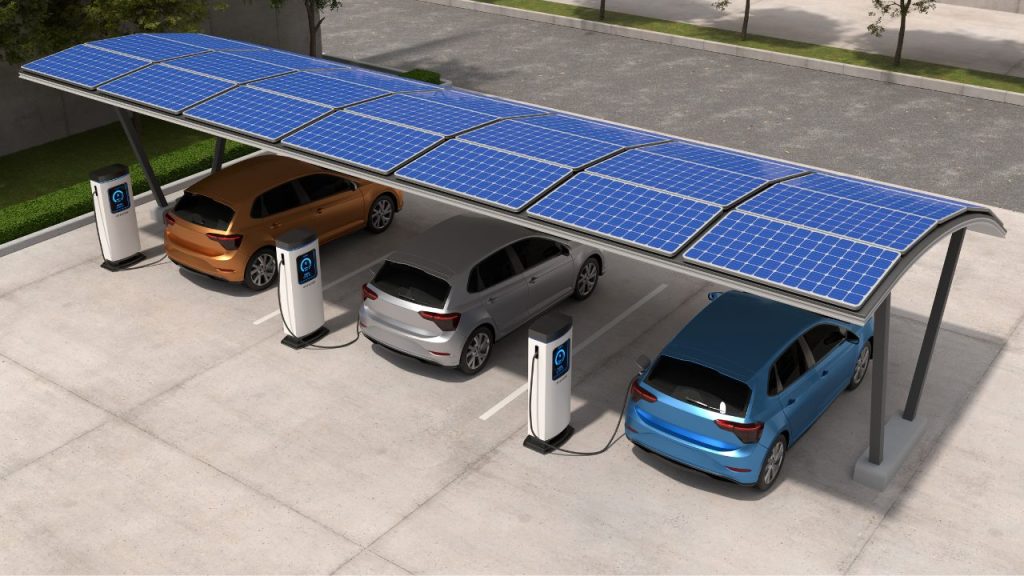
Alright, listen up folks – we’re about to blow the lid off one of the biggest perks of driving electric. Sure, the instant torque and guilt-free emissions are nice, but have you considered the long-term savings?
Fewer Consumables to Replace
With an EV, you can kiss those pricey oil changes goodbye. No more shelling out every few months to have some grease monkey drain your car’s lifeblood. The electric motor has far fewer moving parts than a gas guzzler, so there’s simply less to wear down over time.
You can also forget about replacing spark plugs, fuel filters, and timing belts – because EVs don’t have ’em! It’s a beautiful thing.
Brakes That (Practically) Never Wear
Most electric cars employ regenerative braking, using the motor to slow the vehicle while charging the battery. This means your old-fashioned friction brakes get a lot less use.
The pads and rotors on an EV can potentially last the entire lifecycle of the vehicle. No more budgeting for expensive brake jobs every couple of years. Your wallet will be eternally grateful.
Battery Replacement? Not So Fast…
Mainstream automakers are backing their EV battery packs with 8+ year warranties these days. And real-world data shows many EV batteries retaining 80% of their capacity after a decade or more of use.
So unless you’re the type to buy a new car every few years, odds are good you’ll never need that costly battery swap everyone’s so worried about. The potential resale value hit is becoming a non-issue.
Lower Maintenance = Lower Costs
When you tally up all those avoided fluid changes, replaced wear items, and service visits, EVs end up costing a whole lot less to keep road-ready versus combustion cars.
Estimates vary, but most analysts project 40-60% lower maintenance costs over an EV’s lifespan. The savings could easily hit five figures for higher-mileage drivers! Not too shabby for a “futuristic” car, eh?
Instant Torque Provides a Superior Driving Experience

You know that sweet, sweet surge of acceleration you get when mashing the go-pedal in a rip-roaring muscle car? That’s torque, baby. And electric motors are the undisputed heavyweight champions of torque production.
No Revving Required
Unlike internal combustion engines that need to spin up to high RPMs to hit their torque peak, an electric motor delivers its maximum torque the instant you hit the accelerator. No need to wait for Revs to build or upshift gears. Just pure, savage thrust from a standstill.
It’s like having a team of Clydesdales strapped to the front of your ride, ready to yank you into warp speed at the drop of a hat. Or a herd of Teslas, if you prefer your metaphors a tad more on-brand.
The Need for Speed (Off the Line)
Thanks to that instant torque wallop, even relatively humble EVs like the Chevy Bolt can embarrass some serious sports cars from 0-30 mph. The Bolt’s little electric motor only puts out 200 hp, but all 266 lb-ft of torque is available right now, no waiting.
In contrast, a 460-hp Mustang GT needs a few seconds to wind itself up before the full thrust kicks in. By then, that modest Bolt is already a few car lengths ahead and pulling away.
Smoother Than a Fresh Jar of Skippy
But it’s not just about drag-strip antics. The electric torque delivery is supremely smooth and linear, with no jerky power peaks or troughs. Just one long, delicious surge of acceleration as you pile on the mph.
No need for fancy traction control systems either. The inherent characteristics of electric motors make putting the power down clean and effortless, even in slippery conditions. It’s the driving experience of the future, minus all the traditional downsides.
Minimal Maintenance Requirements With Electric Cars
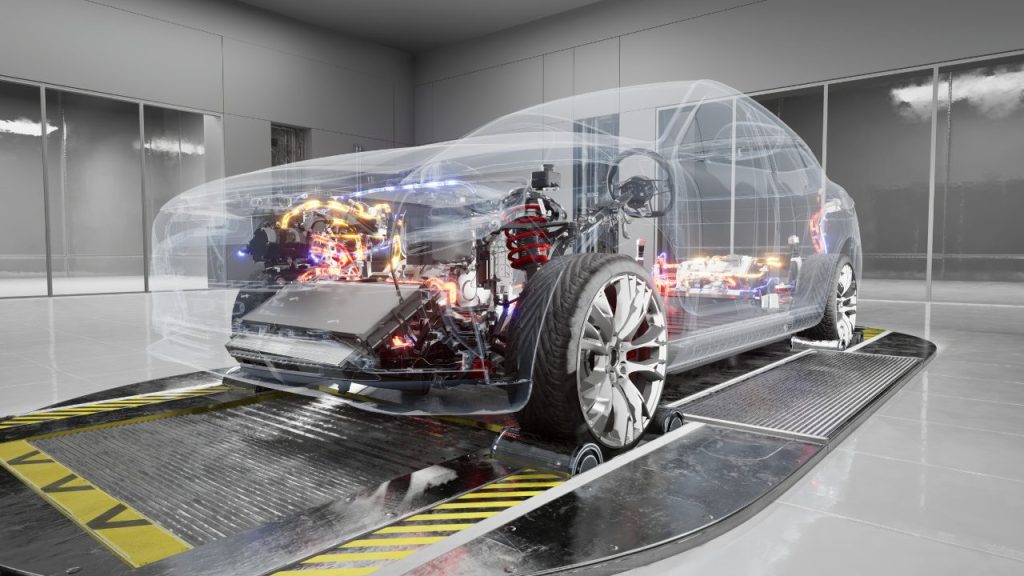
Low-Maintenance Lifestyle
Living that low-maintenance EV life is a sweet deal, my friend. Say goodbye to oil changes, transmission flushes, and all those pesky combustion-related services. With an electric ride, you’re essentially driving an oversized laptop on wheels.
Just keep the tires properly inflated, rotate ’em when needed, and don’t forget to top up the washer fluid. Oh, and maybe swap out that cabin air filter every now and then if you’re feeling fancy.
Regenerative Braking Advantage
Here’s a neat party trick – your EV’s regenerative braking system means those traditional brake pads might just last forever (or at least until you trade it in for the latest and greatest).
Every time you lift off the accelerator, that electric motor starts slowing you down while converting that kinetic energy back into battery juice. It’s like having a free recharging station built right into your ride. Talk about efficiency!
Drivetrain Simplicity
No more worrying about transmission problems or oil leaks. EVs keep things blissfully simple with a direct drive system – just an electric motor (or two) spinning those wheels. Fewer moving parts means less to potentially break or require costly repairs down the line.
Sure, that big battery pack is the elephant in the room when it comes to longevity. But most manufacturers are offering pretty solid warranties to give you peace of mind on that front.
Artisanal Maintenance
For the true EV purists out there, you can take your low-maintenance game to the next level. Ditch the utility company middleman and install some sleek solar panels on your roof. Then you’re running on 100% artisanal, home-brewed electricity.
Just don’t forget to wipe off those panels once in a while to keep that sweet, sustainable juice flowing. A little elbow grease never hurt anybody, right?
Improving Range and Charging Infrastructure for EVs
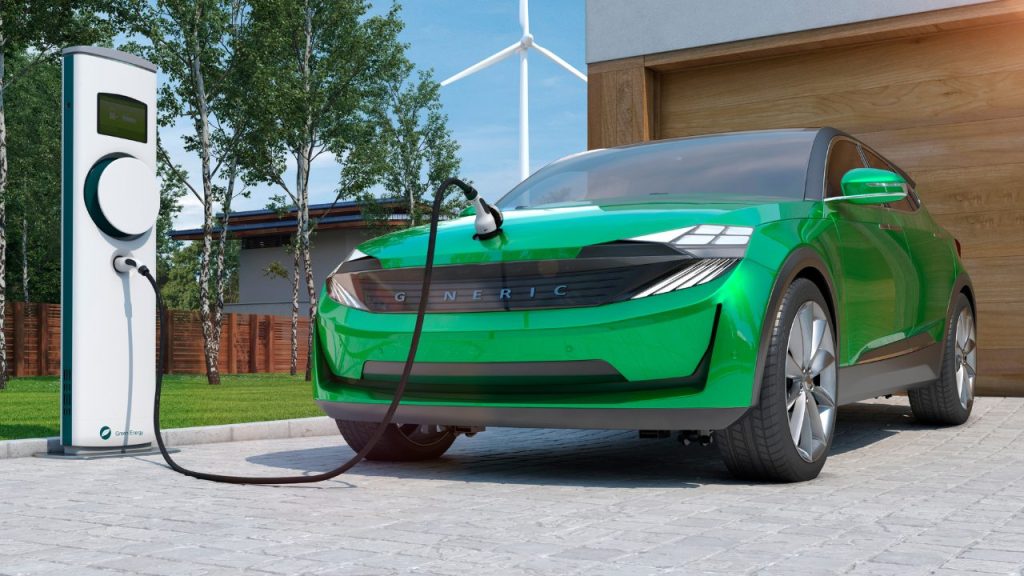
Kiss Range Anxiety Goodbye
Do you know what really burns my battery? The constant hand-wringing over EV range and charging. Sure, today’s models can only take you so far before needing a top-up, but who really wants to drive for 8 hours straight anyway?
With a little planning, an electric car’s range is more than enough for most daily needs. And when you do need to recharge, an ever-growing charging network of home, workplace, and public stations is making it easier to plug in without hassle.
Charge Like A Pro
Speaking of charging, it’s becoming a downright cinch with the latest tech:
- Level 2 home stations can fully power up many EVs overnight while you sleep
- DC fast charging stations dotting highways can zap batteries to 80% in under an hour
- New bi-directional charging lets your EV double as a backup power source for your home
- Automakers are installing batteries with higher densities for longer ranges year after year
Bottom line – range anxiety is so 2010s. It’s time to embrace the electric lifestyle with smart charging solutions that fit your lifestyle.
From Grid to Shiningrid
But what about where that electricity comes from? No need for a crisis of conscience – more utilities are pivoting to renewable sources like solar, wind, and hydro every day.
Heck, you could even go full eco-warrior and install solar panels to make your EV sunlight-powered. Talk about a clean getaway! With an increasing sustainable energy mix, driving electric gets greener by the mile.
So don’t be stuck idling in the gas age. The road to improved range and charging is being paved as we speak. Whether you’re zipping around town or taking an electric avenue on a road trip, EVs are rapidly becoming the smarter choice for going the distance.
Why Electric Cars Are Better for Your Health

No Emissions, No Problem
Let’s be real – you probably don’t spend too much time thinking about car emissions and air quality. But maybe you should start. Traditional gas-powered cars spew out all kinds of nasty stuff like carbon monoxide, nitrogen oxides, and particulate matter.
Basically, a toxic smog smoothie that does your lungs no favors. Electric vehicles? They have zero direct emissions. That’s a big health win right there.
The Strong, Silent Type
EVs are so quiet, it’s almost eerie. No loud rumbling or obnoxious revving is required. Just smooth, near-silent acceleration. That means less noise pollution assaulting your ears on the daily commute. Noise-induced hearing issues? Not from your EV. Your serene cocoon of silence awaits.
Good Vibes Only
Have you ever felt a mild headache or queasiness after a long drive? Blame those unrelenting vibrations from the combustion engine. Electric motors are vibration-free, so EVs deliver a smoother, less nausea-inducing ride. No more arriving at your destination feeling like you just got off a tilt-a-whirl.
Air Quality Upgrade
While EVs produce no direct emissions, there are still some indirect emissions from the electricity generation required to charge them. But in most regions, the power plant emissions per mile are still lower than a gas car’s tailpipe emissions.
So driving electric essentially gives you an air quality upgrade in your neighborhood and community. The bottom line?
Driving electric is just better for your overall wellness – body, mind, and lungs. Who wouldn’t want to breathe easier, de-stress during drives, and do their small part for cleaner air? Your future self will thank you.
Examining Electric Vehicle Battery Safety Concerns
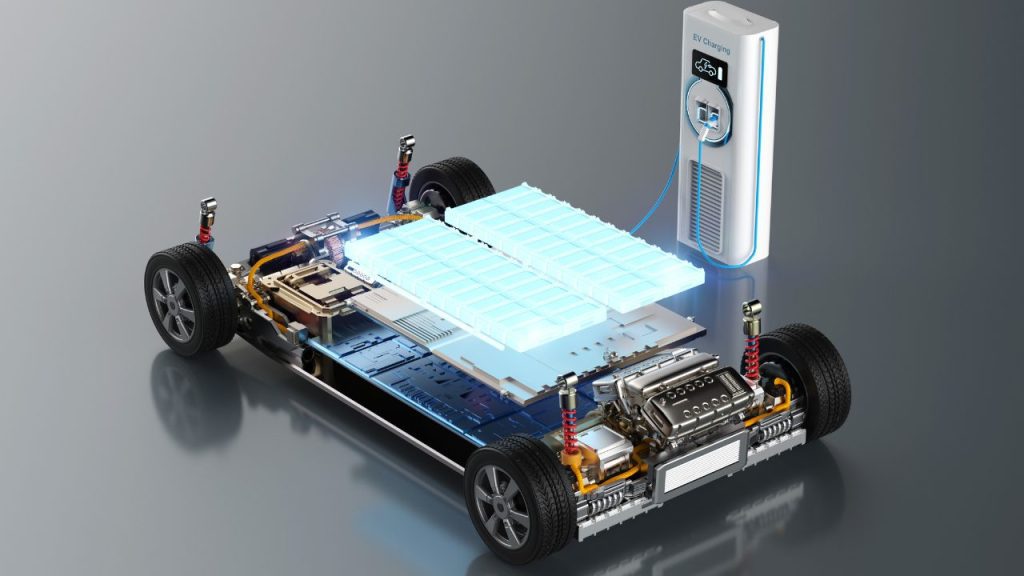
Shocking Revelations
You’ve probably heard the horror stories – electric cars bursting into flames, batteries exploding like firecrackers. With the growing adoption of EVs, safety fears around those high-voltage battery packs are sparking major anxiety. But before you swear off plug-ins forever, let’s take a closer look under the hood.
Amps Up the Adrenaline
Let’s be real – any energy source concentrated into a compact package carries some risk. Those lithium-ion EV batteries pack quite the punch, storing enough juice to potentially turn your shiny new ride into a smoldering heap. But here’s the twist – internal combustion vehicles are just as flammable, chugging around with gas tanks full of…well, gas.
Shocking Stats
The numbers don’t lie. Based on data from the National Transportation Safety Board, gasoline-powered rides were involved in over 174,000 fire incidents in 2021 alone. EVs? Just 52 battery fire cases across the entire US fleet. That means you’re over 3,000 times more likely to have your fossil-fueled car go up in smoke.
Voltage Vigilance
Of course, EV makers aren’t resting on their laurels. Engineers are laser-focused on fortifying those battery packs with multilayered defenses.
From robust outer casings to advanced cooling systems and computer-controlled safety cut-offs, the goal is to contain any potential meltdown. Think of it like an impenetrable force field protecting that volatile core.
Forecast: Mostly Contained
At the end of the day, any new technology comes with growing pains. But the data shows EV battery fires, while dramatic, are still extremely rare occurrences.
With ongoing refinements and safety protocols, the possibility of your electric ride spontaneously combusting is about as likely as being struck by lightning. Twice. On the same day. So keep calm, and charge on!
Gasoline Cars Still Offer Advantages for Some Drivers

Alright, let’s be real here. As much as electric vehicles are surging in popularity and automakers are pivoting to build more of them, gas-powered cars still have some distinct upsides that can’t be ignored.
Refueling Remains a Breeze
One of the biggest advantages of sticking with an old-school internal combustion engine? Refueling is laughably simple compared to recharging an EV.
Just pull up to one of the billions of gas stations worldwide, insert the nozzle and bam – you’re back on the road in under 5 minutes. No hunting for charging stations, no waiting around for hours while the “tank” fills up.
Unlimited Range Potential
Speaking of range, pump a tank full of dino juice and you’ve got hundreds of miles of open road ahead of you before needing to refuel. EVs are getting better, sure, but even the most advanced models max out at what, 500 miles on a charge? Psh, try driving a gas car on just one tank from LA to Vegas and back – no sweat.
Lower Upfront Costs
Let’s be honest, not everyone can drop $60k on a slick new EV just yet. The initial purchase price of a gas car is still significantly cheaper in most cases. So for budgets on the tighter side, good ol’ gasoline remains the affordable option to get from Point A to B reliably.
Variety of Options
While EVs are multiplying, the sheer variety of gas vehicle choices is unmatched. From tiny hatchbacks to brawny trucks and everything in between, there’s a combustion-powered ride to suit every need and personality. Finding your perfect EV match? That menu is still fairly limited for now.
Proven Durability
Finally, let’s give some props to internal combustion’s decades of proven durability and reliability. Gas engines have been around for over a century – the technology is time-tested and understood by every mechanic on the planet. The longevity of EV batteries and drivetrains remains more of an unknown for now.
So by all means, make the leap to electric if it works for your lifestyle and budget. But for those who still value the advantages of gasoline motoring, don’t feel too guilty about holding onto your dino juice addiction a while longer. At least until charging an EV becomes as simple as hitting a gas pump.
Conclusion
So whether you’re ready to go electric or sticking with gas, know that both propulsion methods will get you where you want to go. Just be sure to mind range anxiety and home charging capabilities if going EV, and budget for rising gas prices and oil changes with a traditional gas burner.
Either way, technology marches on and the future is bright. But for now, keep calm and motor on, because the open road beckons. Wherever your wanderlust takes you, may the torque be with you.
Read More : NPUs: Super-Brains That Make Your Laptop and Phone Smartest
 Oko Dot All In One Technology Solutions By Likhon Hussain
Oko Dot All In One Technology Solutions By Likhon Hussain
